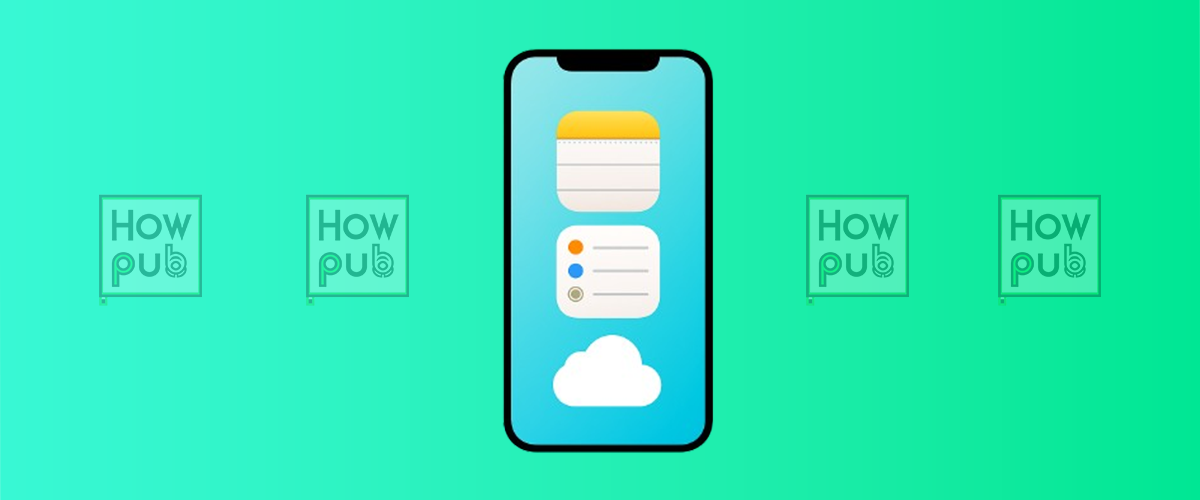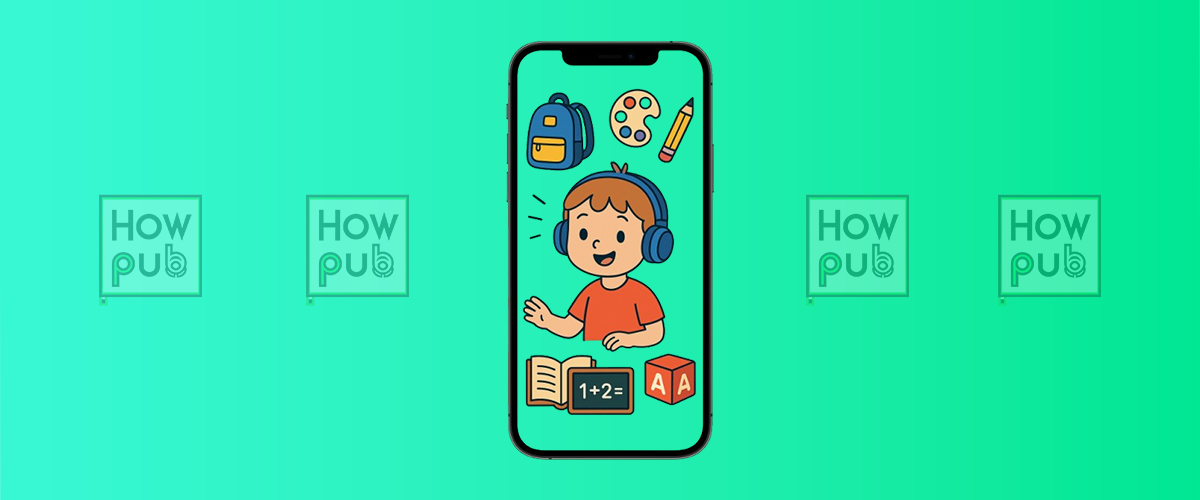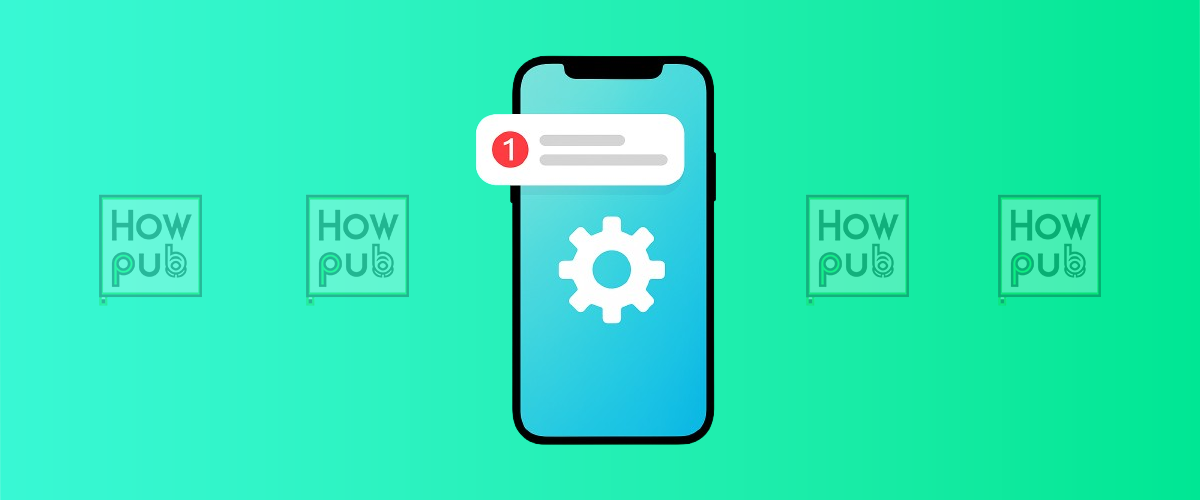Introduction
In today’s hyper-connected world, keeping your digital life organized is essential for productivity and peace of mind. Your iPhone, combined with Apple’s ecosystem, offers a powerful suite of tools designed to help you manage notes, reminders, and cloud storage seamlessly. This guide will show you how to master these features and stay effortlessly in control of your information.
The Foundation of Digital Organization
Apple’s core apps—Notes, Reminders, and iCloud—are tightly integrated into iOS, creating a frictionless environment for storing thoughts, planning tasks, and backing up data. By leveraging these tools, you can create a system that keeps you focused, minimizes distractions, and ensures nothing gets lost.
Mastering Notes: Capture Ideas Instantly
The Notes app is a versatile tool for writing, sketching, scanning documents, and organizing content.
Power Features of Notes
- Folders and Smart Folders: Group notes by topic or project.
- Tags: Use tags like #work or #recipes for easy search.
- Quick Notes: Instantly create notes from any screen or app.
- Scans and Attachments: Digitize paper documents or add media.
Using Face ID or Touch ID, you can also lock sensitive notes, adding a layer of privacy. This is ideal for journal entries, personal ideas, or confidential work.
To deepen your task workflow, read our article on efficient task management with iPhone.
Managing Tasks with Reminders
Reminders is more than just a to-do list. It supports smart lists, location-based alerts, subtasks, and natural language input.
Tips for Using Reminders Effectively
- Organize by Lists: Create custom lists for home, work, errands, etc.
- Subtasks and Notes: Break tasks down and add context.
- Siri Integration: Add reminders hands-free.
- Priority and Due Dates: Schedule with intent and stay ahead.
Location-based reminders can be triggered when you arrive or leave a place, helping you act at the right moment. Use this in tandem with your calendar and Notes to create a unified productivity flow.
Need help with syncing across devices? See our guide on using iCloud for backup and data sync.
Using iCloud to Organize and Access Files
iCloud Drive makes it easy to access your documents, spreadsheets, presentations, and media files across all Apple devices.
iCloud Productivity Benefits
- Universal Access: Files are synced across devices.
- Shared Folders: Collaborate in real time.
- File App Integration: Browse, organize, and move files with ease.
- Version History: Recover recently deleted items or previous versions.
For users concerned with storage limits, managing your space is essential. Learn how to manage storage on your iPhone to keep your files accessible and your device running smoothly.
Creating a System That Works for You
Success lies in consistency. Start small by digitizing your daily to-dos, organizing notes weekly, and ensuring cloud backups are running. Then, refine and personalize your system as needed.
As your setup grows, it’s worth exploring complementary tools like Mastering iMessage or Managing Notifications to further optimize your digital environment.
Conclusion
With the right tools and habits, your iPhone becomes more than a smartphone—it becomes your personal assistant, journal, and filing cabinet. By mastering Notes, Reminders, and iCloud, you can take control of your digital life and focus on what truly matters. Start organizing today and experience the clarity that comes with a simplified digital space.



